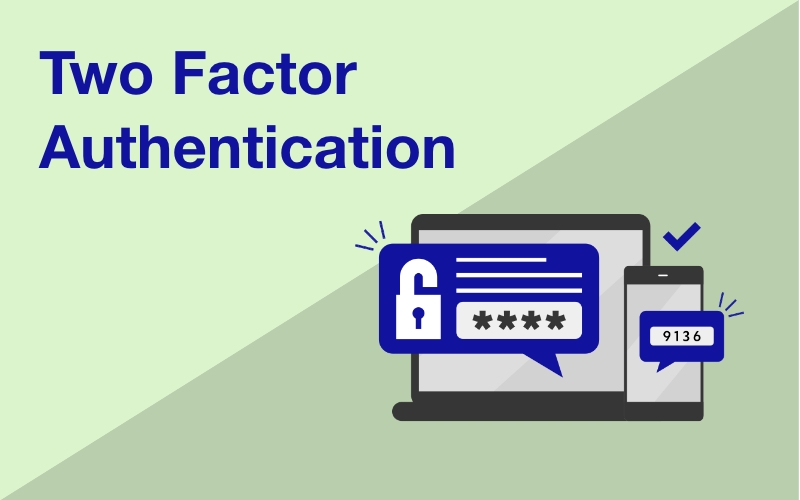2-step verification (2SV) is an important security measure to protect your online accounts and data. It adds an extra layer of protection to your account, requiring you to provide two pieces of information before you can access it.
The first is usually your username and password, and the second is a code that is sent to you by text message or generated by an app. When you set up 2SV, you will be asked to provide a ‘second step’ which is something that only you can access. This could be a code that’s sent to you by text message, or that’s created by an app. This code is unique and changes each time you log in, making it virtually impossible for someone else to access your account.
2SV is becoming increasingly popular as a way to protect online accounts and data. It is available on most of the major online services, including banking, email, and social media. It is also available on many mobile devices, allowing you to protect your device from being accessed by someone else. 2SV is an easy and effective way to protect your online accounts and data. It adds an extra layer of security to your account, making it much harder for someone else to access it.
Two-factor authentication (2FA)
Two-factor authentication (2FA) is a security measure used to protect online accounts and services from unauthorized access. It is an added layer of security that requires a user to provide two pieces of information to gain access to an account. Financial institutions are increasingly using 2FA to protect their customers’ accounts. This article will discuss best practices for FinTechs when it comes to implementing 2FA.
Phone-Based SMS Messages
One of the more common forms used by financial institutions is one-time-password (OTP) via SMS. While this is a secure method, studies are finding that the main issue with using SMS in 2FA is that the cell phone providers themselves and their networks are vulnerable. It is also easy to infect a smartphone with malware and intercept the OTP SMS through the phone’s internet connection.
Despite these flaws, however, SMSs are still regularly used by financial institutions as a second layer of authentication.
Software Authentication
Software authentication makes use of token codes that are generated with a mobile application like Google Authenticator. This requires the user to have the application installed on their device and to enter the code that is generated each time they need to access the service. This method is more secure than SMS-based authentication, as it is not vulnerable to interception.
IP-Based Authentication
IP-based authentication checks the user’s IP address when logging in and confirms it correlates with the vendor’s database. This is a good way to ensure that the user is logging in from a secure location. It also makes it difficult for malicious actors to gain access to the account.
GPS Authentication
GPS authentication uses mobile GPS data as an added level of security that allows banks or other payment providers to use the geolocation information to verify the user’s identity. This is a secure method of authentication, as it is difficult for malicious actors to spoof GPS data.
Biometric Authentication
Biometric authentication, using a thumbprint or facial recognition, is becoming more commonplace. This is a secure method of authentication, as it is difficult to spoof biometric data. It also provides a more convenient user experience, as it does not require the user to enter any additional information.
Financial institutions need to ensure that they are using 2FA best practices to protect their customers’ accounts. Using a combination of different methods of authentication, such as SMS-based, software, IP-based, GPS, and biometric authentication, is the best way to ensure that accounts are secure.
















